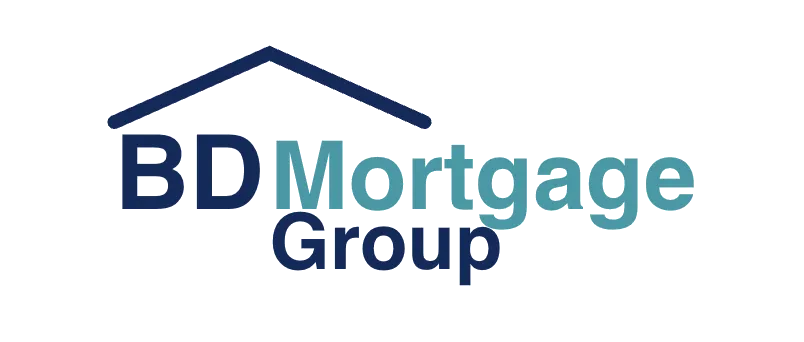ATTENTION: Homebuyers
Profit and Loss Home Loans: Tailored Mortgages for Self-Employed Borrowers
Navigating Homeownership with Profit and Loss Mortgages
Profit and Loss Home Loans: Tailored Mortgages for Self-Employed Borrowers
Profit and loss home loans, also known as P&L mortgages, provide a tailored financing solution for self-employed individuals, freelancers, and small business owners. Unlike traditional mortgages that rely heavily on tax returns and W-2s, these loans consider a borrower's profit and loss statements to assess income, accommodating the unique financial situations of entrepreneurs.
How Profit and Loss Home Loans Work
P&L mortgages evaluate a borrower's ability to repay by analyzing their business's profit and loss statements. This approach offers flexibility in income verification, allowing lenders to consider the overall financial health of the business rather than solely focusing on traditional income documentation.
Qualifying for a Profit and Loss Mortgage
To be eligible for a profit and loss home loan, borrowers typically need to meet the following criteria:
Profit and Loss Statements: Provide recent P&L statements, usually covering the last 12-24 months, prepared by a licensed tax preparer.
Credit Score: Maintain a credit score of 620 or above.
Cash Reserves: Have at least three months of principal, interest, taxes, and insurance (PITI) reserves in the bank for loan amounts under $1 million.
Down Payment: Prepare a down payment of at least 10%, depending on your credit score.
Benefits of Profit and Loss Home Loans
Alternative Income Verification: Allows self-employed borrowers to qualify based on business income rather than traditional W-2s or tax returns.
Flexibility: Accommodates the unique financial situations of business owners, considering the overall profitability of the business.
Challenges and Considerations
Higher Interest Rates: P&L loans may come with higher interest rates compared to traditional mortgages due to the perceived risk associated with non-traditional income verification.
Larger Down Payments: Lenders might require a larger down payment to offset the increased risk.
Alternatives to Profit and Loss Home Loans
Bank Statement Loans: Use bank statements to verify income instead of profit and loss statements.
Asset-Based Mortgages: Qualify based on the value of your assets rather than income.
Tips for Applying for a Profit and Loss Home Loan
Organize Financial Documents: Ensure your profit and loss statements are accurate and up-to-date.
Improve Credit Score: A higher credit score can enhance your loan terms.
Save for a Larger Down Payment: A substantial down payment may improve your approval chances.
Consult with a Mortgage Professional: Seek guidance from experts experienced in P&L mortgages to navigate the process effectively.
Conclusion
Profit and loss home loans serve as a viable option for self-employed individuals seeking homeownership. By understanding the qualifications, benefits, and potential challenges, borrowers can determine if a P&L mortgage aligns with their financial situation. Consulting with knowledgeable mortgage professionals can provide further insights and assist in making informed decisions.
CHECK YOUR PROFIT AND LOSS ELIGIBILITY TODAY BY COMPLETING THE FORM BELOW
No credit terms or conditions are advertised on this page. Information is educational only and subject to change without notice. Eligibility, documentation, and underwriting outcomes vary by applicant. Contact BD Mortgage Group at 727-761-6111 for personalized guidance.
COMPANY
CUSTOMER CARE
RESOURSES
LEGAL

© Copyright 2025. BD Mortgage Group. All Rights Reserved.